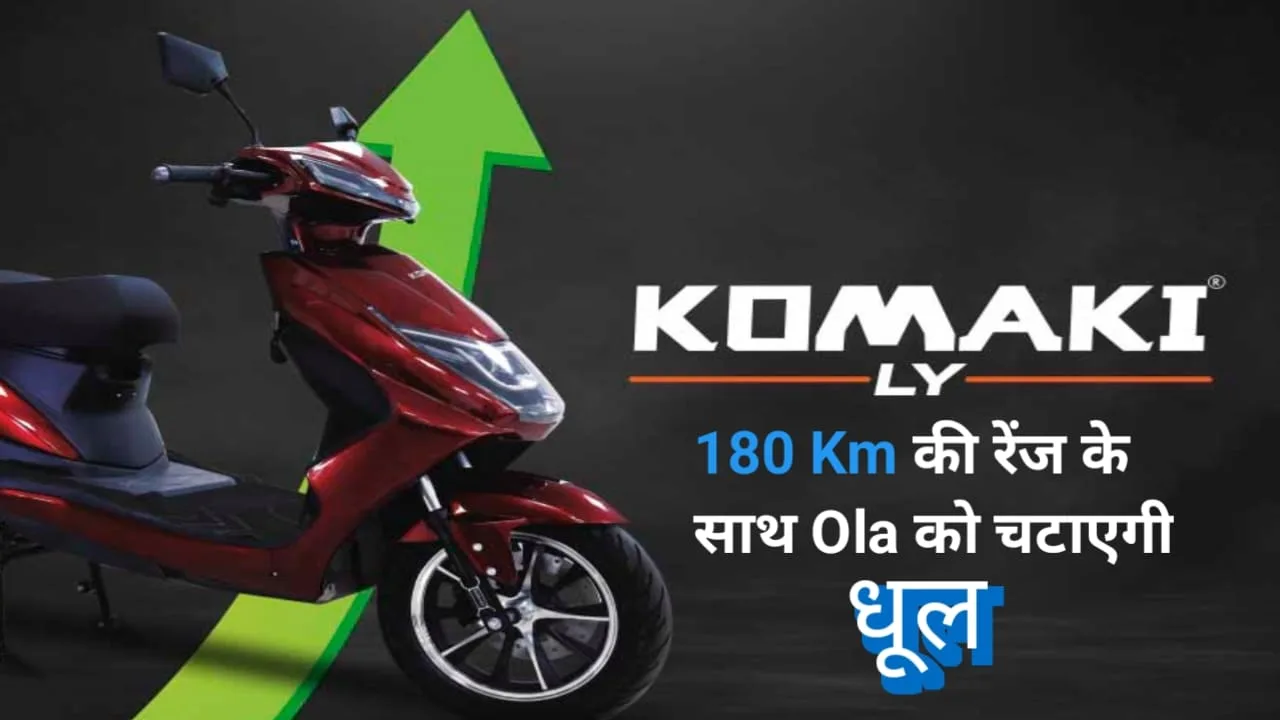Komaki Electric Vehicle Pvt. Ltd., established in 2015, has emerged as a promising player in the Indian electric two-wheeler market. With a focus on innovation, affordability, and customer satisfaction, Komaki aims to provide sustainable and efficient transportation solutions for individuals and families. Let’s delve deeper into the key aspects of Komaki and its contribution to the ever-evolving Indian EV landscape:
Focus on Innovation and Differentiation
Komaki prioritizes innovation and strives to differentiate itself in the crowded electric two-wheeler market. The company invests in research and development to create unique features and functionalities that cater to diverse customer needs. For example, some Komaki models boast swappable batteries, offering convenience and reducing range anxiety. Additionally, the company explores incorporating advanced technologies like regenerative braking to improve efficiency and enhance the overall riding experience.
Maruti Suzuki Swift 2024: Booking, features, launch date and price
2024 Bajaj Pulsar 125: Powerful bike with powerful updates!
Diverse Product Portfolio and Market Positioning
Komaki offers a diverse range of electric scooters, catering to a wide range of customers and budget segments. Popular models include the Ranger, Venice, and DT 3000, each offering distinct features and specifications. This variety allows customers to choose a scooter that best suits their individual needs and preferences. Komaki primarily targets budget-conscious customers seeking a practical and affordable alternative to conventional fuel-based two-wheelers. Their scooters are popular choices for daily commutes, running errands, and navigating city streets.
Commitment to Affordability and Value
Komaki recognizes the importance of affordability in the Indian market. The company maintains competitive pricing across its product line, making electric scooters accessible to a broader customer base. This strategic approach not only benefits individual consumers but also contributes to the wider adoption of electric vehicles in India, ultimately promoting sustainable transportation practices.
Emphasis on Quality and Customer Satisfaction
Komaki emphasizes maintaining high-quality standards in its manufacturing processes and after-sales services. The company strives to provide reliable and durable electric scooters, ensuring customer satisfaction and building brand loyalty. Additionally, Komaki focuses on offering prompt and efficient after-sales service to address customer concerns and ensure a positive ownership experience.
Challenges and Future Outlook
Despite its growth, Komaki faces certain challenges in the dynamic EV market. The company needs to contend with increasing competition from established players and new entrants, all vying for a larger market share. Furthermore, overcoming range anxiety remains a concern for potential buyers, especially those accustomed to the convenience of refueling petrol-powered vehicles.
However, Komaki demonstrates a commitment to addressing these challenges. The company actively seeks partnerships to expand its dealership network and service infrastructure, making electric scooters more accessible and convenient for customers. Additionally, Komaki continues to invest in research and development to improve battery technology, increase range, and enhance overall performance.
Conclusion
Komaki has established itself as a promising player in the Indian electric two-wheeler market. The company’s focus on innovation, affordability, and customer satisfaction allows it to cater to a wide range of customers seeking sustainable and cost-effective transportation solutions. As the Indian EV market evolves, Komaki’s future success hinges on its ability to maintain its commitment to affordability, embrace technological advancements, and address customer concerns about range and infrastructure limitations. By doing so, Komaki can contribute to shaping a greener future for transportation in India.




